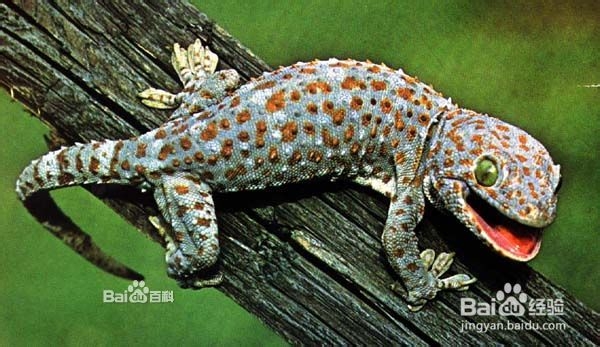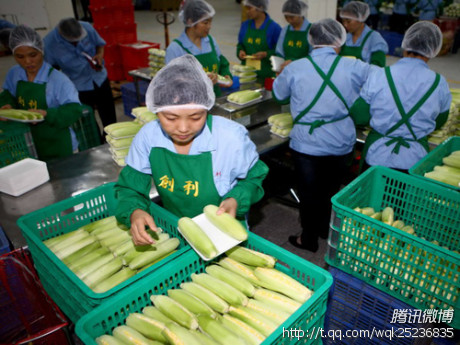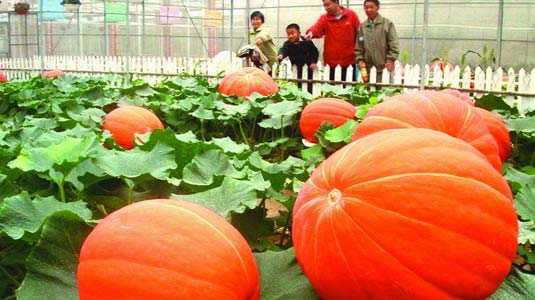Culture of Gekko gecko, a valuable traditional Chinese medicine
Gecko gecko is a kind of precious medicine which is scarce at home and abroad, and its market demand is large. Its artificial breeding is a new way for farmers to get rich.

Gecko belongs to the gecko family. The dried product that removes the internal organs of the clam becomes a medicinal material. Gecko, also known as Xian toad, gecko, likes to live in mountain slopes, cracks in caves, under the eaves of houses or in tree caves. It is mainly produced in Guangdong, Guangxi and Fujian. Yunnan, Guizhou and other provinces have also been introduced and raised in recent years.
Geckos like to eat live insects, like to compete for females, daytime and night rise, hibernating and summer active. There is an obvious difference in the appearance of male and female; the female is fat, slightly yellow, the pattern is slightly fine; the male is slightly black, the pattern is thicker, and the body is slightly thinner.
First, build a field.
The farm should be located in a dry and cool place, made of stone and brick into a hollow rockery, divided into two parts: the wall and the center of the mountain. The fake mountain wall is divided into two layers: brick wall and stone wall, which is 3 meters high, 2.3 meters wide and 3 meters long. There are several square holes on each side 1 meter from the ground, and a skylight is opened on the top. Open the door at one end and open the window at the other. The stone wall is made of stone and clings to the outside of the brick wall. Correct the square hole in the brick wall and leave the triangle hole. Windows, doors and holes are all equipped with wire gauze. The heart of the rockery is made of stone. Located in the brick wall, 1.7 meters long and 1 meter wide, one end is connected to the top of the brick wall. More than 1 meter from the ground, there are many small holes around, leaving a trail of more than 30 centimeters wide around the rockery for observation.
Second, raising.
The feed is mainly composed of insects. With a 20-watt black light, the insects trapped overnight can basically feed on more than 400 large geckos. When the feed is insufficient, it can supplement the artificially reared soil turtle, cockroach or silkworm moth, and also eat salt rice porridge and cooked pumpkin, wax gourd, sweet potato and so on. If you are full at once, you can stop looking for food for 3-5 days. Gekko gecko began to move when the temperature was above 15 ℃, began to feed above 17 ℃-18 ℃, and was the most active at 22 ℃-30 ℃. If the room temperature was more than 32 ℃, water should be poured to cool down. The habitat of gecko is relatively humid, and the relative humidity should be kept at 70% and 90%.
Third, soft-shelled turtle colonization.
The female to be spawned is kept in a cage and separated by a paper box, which is pasted with a layer of tissue paper, and the clam steps lay eggs on the tissue paper, which is easy to pull off the tissue paper to get the eggs. Cloth is used to cover the outside of the cage so that gecko can lay eggs quietly. The female gecko lays one pair of eggs at a time, and another pair of eggs at intervals of about 50 days. it can lay 4 pairs of eggs a year. Eggs do not need to be hatched by both sexes. Under the condition of suitable humidity, the young gecko can be hatched after 70-80 days at the temperature of 30 ℃-33 ℃. Therefore, the hatching period can be shortened by properly raising the temperature of the eggs that produce early, so that the life time of the young clam hatched externally is longer and the death rate of winter is lower, and the survival rate can be greatly improved by lowering the temperature of the eggs that lay late and delaying them to hatch when the weather is warm the next year. In a group of 20-30 clams, it is best to have only one male. Males often compete with each other for food. Bite off the tail, reduce the medicinal value, two months after the tail is regenerated, but not as long as the original tail. The male clam scale also chases and bites the clam steps. Therefore, when each batch grows up, it is necessary to distinguish the number of males and females and sell most of the males and females in order to ensure smooth reproduction. In order to prevent raw soft shell eggs, from the beginning of spring, we should pay attention to adding calcium, phosphorus, protein, salt and other substances in the feed.
- Prev

A new kind of "rich vegetable" is popular in the mainland-"vegetables supplied to Hong Kong".
A new kind of "rich vegetable" is popular in the mainland-"vegetables supplied to Hong Kong".
- Next

Looking at the three main points of Agriculture in the Future from the Perspective of Agricultural Trade Fair
Looking at the three main points of Agriculture in the Future from the Perspective of Agricultural Trade Fair
Related
- A course of planting techniques and methods on how to grow carrots
- How to plant the latest tulips?
- Is it better to pick tea in the morning or in the afternoon? When is the best time for tea to be picked? what is the third or fifth tea?
- Launch Yuanxiao Happy combination Haocha + Tea Yuan healthy Taste
- Penghu Tourism "Fireworks 20 Parade with You"
- 2022 West Lake Happiness holds "Digital Revitalization Voucher" and draws iphone13 and laptop.
- Banqiao Fuzhou social houses are designed to change start-up combined with police elimination to create a safe and livable environment
- The convenient measure of "mechanical weeding" in Xinbei has been abused and the Agriculture Bureau has imposed heavy penalties on the illegal land consolidation.
- Changgeng University Joins Hands with Four Memory Factories to Rescue Memory Talent Shortage
- The list of Taiwan's top 100 MVP managers is listed by the Director-General of the Farmers' Association of Sanxia District.

